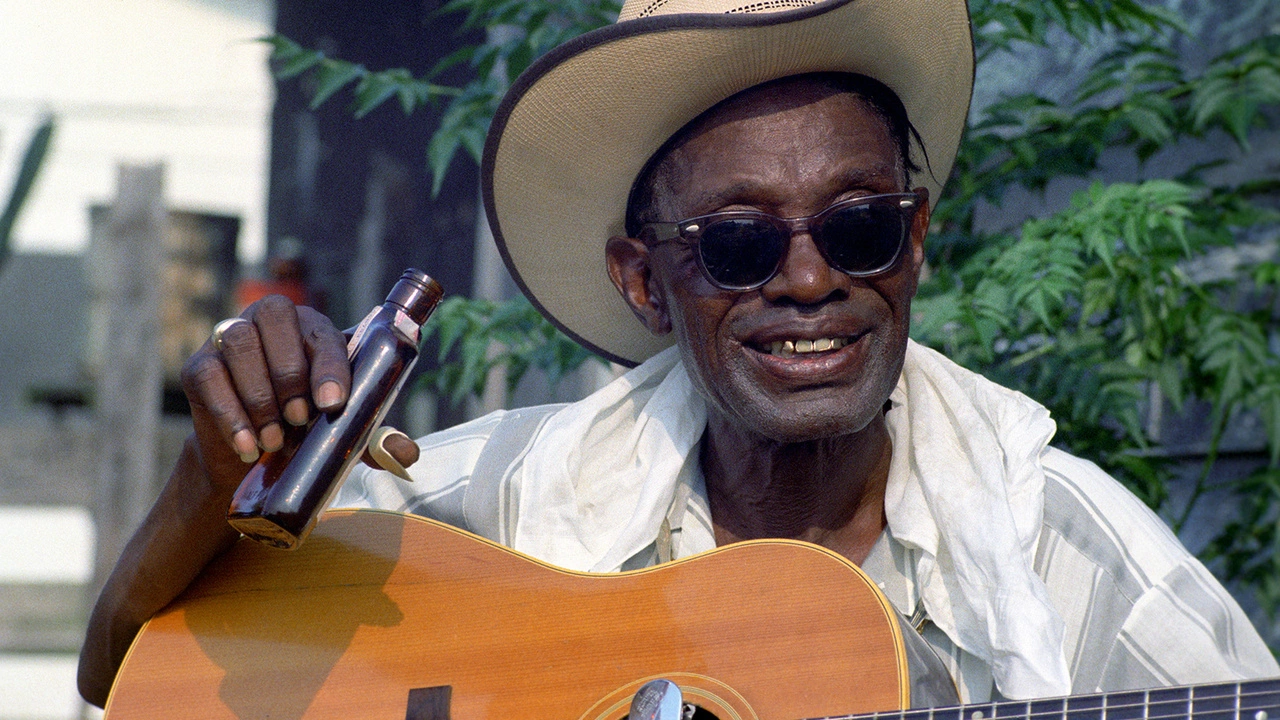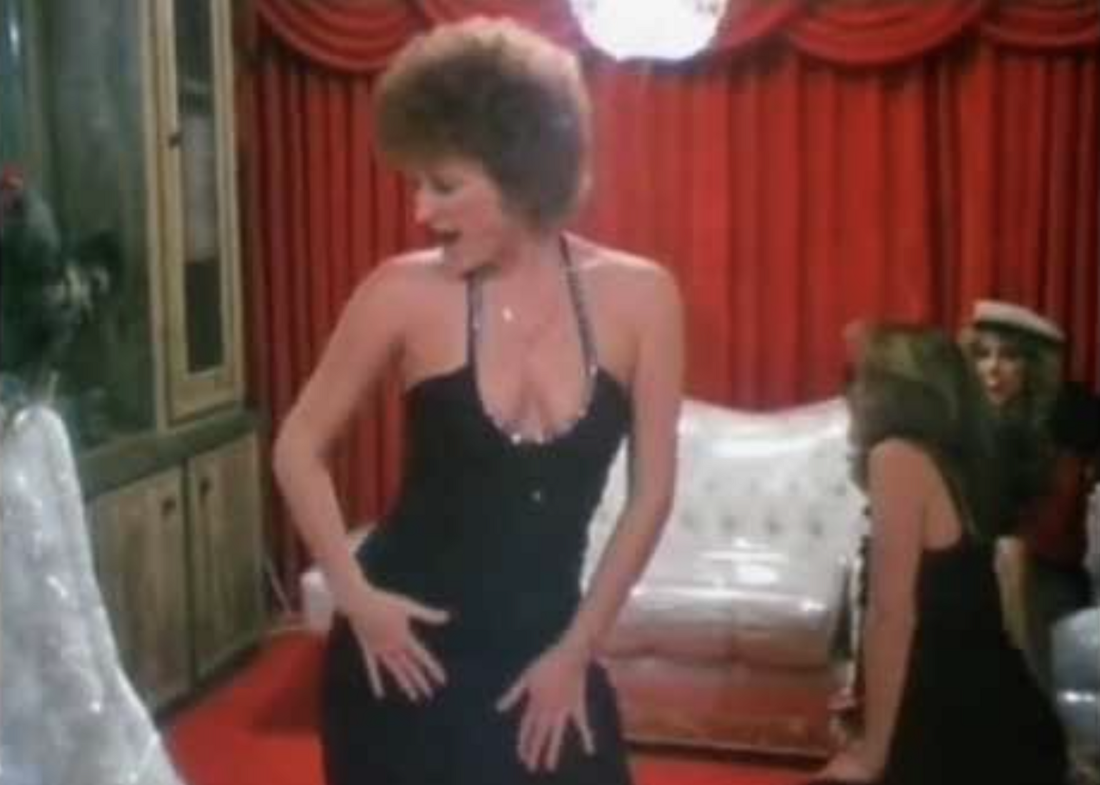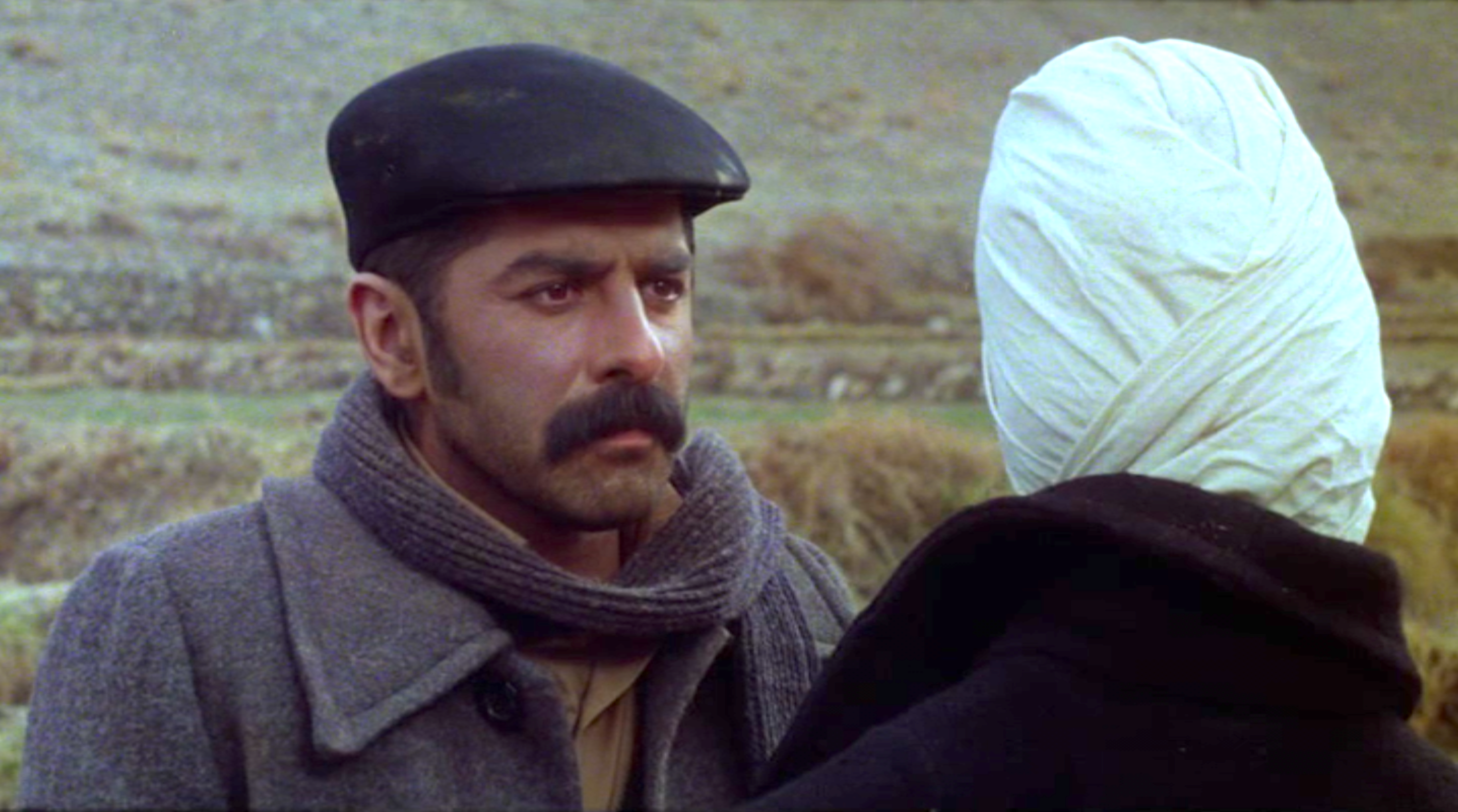
Prominent anarchist and activist Emma Goldman once explained that “Every society has the criminals it deserves.” Mehrdad Oskouei’s 2018 documentary Starless Dreams seems to illustrate this point. The film takes place inside a correctional facility for adolescent girls somewhere on the outskirts of Tehran. Through interviews with the young inmates we learn as much about Iranian style patriarchy as we do about the girls who have victimized by it.
All of the girls have been convicted of crimes, many of them serious. One murdered her father, another robbed a bank. The majority of the crimes including the two just mentioned are in some way connected to illegal drugs and addiction. Both meth and crack seem to be the drug of choice.
The girl who murdered her father did so in a desperate effort to stop his addiction fueled physical abuse of the entire family.
Every inmate has a heartbreaking story and never once does it seem like they were active contributors to their delinquency or even culpable for their crimes. These girls are raped by their families, prostituted by the parents for drug money, beaten, burned, stabbed and much more. It is a litany so horrific parts of the film are almost unbearable.
Part of what is so compelling, and so upsetting about the film is that none of these girls have hardened. Even after facing the worst traumas imaginable they have not shut down. They are are still able to hope, trust and open up.
There is one fascinating moment when it seems that we will witness some of the callous bravado we expect from teen inmates. A young girl who prefers to be called “Nobody” comes back from visiting the courthouse and recounts to the other girls what happened. “Nobody” brags that she deceived the judge by crying and sniveling to illicit his pity but as the film goes on it becomes clear that her behavior in the courtroom was not an act and that her bragging about being cold and manipulative was the disingenuous performance. She admits she was trying to act tough to impress her peers.

Most of these girls were married shortly after puberty, and most of them were pregnant before they reached 15, but they manage to retain at least part of their childhood innocence. Their bodies may have endured an adult experience but they are still children. They speak openly about what happened to them and cry when they can’t understand why.
Through all of their honest and sincere accounts of what they have experienced we not only learn about these young women but we witness in excruciating detail, the inherent cruelty of life lived under a theocratic dictatorship. The Abrahamic religions, Christianity, Islam, and Judaism are all equally dedicated to misogyny, male power and totalitarianism. There is no figure more dictatorial than the god of Abraham. He demands complete, unmitigated, obedience, unceasing devotion and constant praise. In places like Iran and Saudi Arabia, Islam has been given the power and latitude to truly practice the ideology of the Bible and the results are horrific. Womankind is damned to a life of subjugation and degradation. Every day an Imam comes to the detention center to lead the girls in prayer and one afternoon he foolishly asks if any of them have any questions. A torrent of pointed questions come flying back at him like daggers:
“Why is a man’s blood worth more than a woman’s sir? For example, If a man is killed the killer has to pay 150 million but for a woman it’s only 100 million?”
“When people wonder if God is a man or woman no one thinks God could be a woman.”
“Sir, the judge told me today I was a bastard. What was my sin? Was I there when they made me?”
The Imam’s patronizing and dismissive answer to all of them is “We aren’t allowed to do whatever we want in our society. As we were saying, our expectation from society is obvious, but what does society expect from us? To keep society calm and peaceful.” His answer simply amounts to telling the girls to shut up.

Despite his patriarchal condescension the girls try to be pious. Many seem to honestly make an effort to connect with their invisible master in the sky but others have lost their faith. One girl, when asked about her relationship to Allah, explains that “I am not talking to him.”
Mehrdad Oskouei does not appear on camera but we hear his very gentle and warm voice asking the girls simple and direct questions. What is revealed is so personal, so intimate it is unnerving. There is a line between giving someone a voice and exploiting their pain. Oskuei’s intentions feel genuinely empathetic and I doubt that any of the girls felt used but the film walks directly into delicate, fraught, and dangerous territory. Perhaps that is to it’s credit but there are times when what the girls are letting us see is so dire that you want to protect them from everything, including someone filming them and using their testimony for a documentary.
There is a fascinating scene where the girls tease the documentary crew by pretending to interview each other with a coffee mug as a microphone. They ask each other personal and probing questions and giggle in between answers. One girl comments “We should be making this film not them” and in the moment it seems accurate. The girls don’t need anyone to do this for them, give them their own equipment and they will give themselves a voice, but of course the girls need much more than a camera and microphone. Oskouei is very careful to construct a safe and encouraging space where these girls can not only unburden themselves but gain insight into what happened to them.

The correctional facility is clearly the safest, kindest, happiest place these girls have ever been. They all live in a large communal room with bunkbeds along the walls. They bond tightly with each other and are able to share their stories and pain with peers who truly understand them. Many of them make explicitly clear that they do not want to go back home. Oskouei was not permitted to follow any of the inmates out of the facility or film their lives on the outside. Considering what censorship is like in the Iranian film industry it is a miracle he was allowed to film anything at all.

The film is both shockingly intense as well as warm and gentle. Everything is out in the open. One girl is allowed to care for her newborn while incarcerated. The baby’s presence only further opens the girls’ hearts. We watch them hold and feed the baby and we are able to see the kindness and innocence that patriarchy has not been able to extinguish. For each measure of sympathy that these girls elicit there is an equal measure of frustration, outrage and anger. There is no one place you can point the finger of blame. Certainly forcing a culture to adhere to a Bronze Age ideology doesn’t help but economic hardship, a legacy of imperialist interference, tribal traditions, and oppressive political structures all contribute to creating a culture where extreme misogyny can flourish.
Two different girls in the film are asked separately about the sex of their hypothetical future offspring. One is asked “What would you do if you had a girl?” Without hesitation or anger the inmate quietly answers “Kill it.” We imagine that she is trying to spare her progeny inevitable suffering but when a different girl is asked what she would do if she had a boy she gives the same answer. Perhaps she would be seeking to spare womankind yet another oppressor, but there is a sense of hopelessness that often creeps through their best efforts to heal themselves. Most of the girls have attempted suicide one way or another.
Oskouei has made four movies about adolescent inmates, two about girls’ institutions Starless Dreams in 2016 and Sunless Shadows in 2019 and two about a boys institutions, It's Always Late For Freedom in 2007 and The Last Days of Winter in 2011.
It's Always Late For Freedom is certainly very similar to Starless Dreams. I expected the boys would be less open and spend more time posturing, but they were sincere and vulnerable like their female counterparts. Above all they are all clearly still children even if they have committed murder, had children, and become addicts. However there is definitely something different about the boys.

There is no point in comparing who suffers more, suffering is suffering, they all deserve our compassion. However it is clearly evident that girls have suffered something that the boys have not. Perhaps it is the rapes, perhaps it is the societal degradation, perhaps it is the lack of concern for women in general, but the crushing weight of their trauma is palpable. It may well be that the boys have suffered just as much but feel more obliged to hide it. Just as in the interview with the girl named Nobody where she reveals that her bragging is a facade, there is a scene in It's Always Late For Freedom where Oskouei interviews a young male inmate named Vahid,
“What are your dreams, Vahid?”
“To get out of here. Not just me, all of us. All prisoners.”
“Why?”
“To be free. This place is useless, it’s all heartache here. You miss your parents. Two months without seeing your mom will make your heart ache.”
“There are many possibilities here.”
“There are, I love it here”

Vahid means everything he is saying even if it is contradictory. He is struggling not just with conflicting feelings but with conflicting impulses to project different ideas about who he is. The boys rough house, where the girls do not, but both the boys and the girls show a readiness to share intimate moments and help heal each other. Criminals or not they all display a deep kindness toward each other. It must be a great comfort to be among others who share similar experiences, similar struggles, and similar fears and pain.

Between Oskouei’s skill and the children’s willingness to open up, both documentaries are profoundly moving. My unease about using such confessions and footage is only evoked because the films are so effective.
As far I can tell, unlike many of his filmmaking peers Oskouei has not been arrested or spent any time in prison. Perhaps the government sees these documentaries as flattering in that they show a compassionate penal system, but the government does not seem concerned with the overall fate of these children and what it says about Iranian society.
Emma Goldman’s quote attributes crime to societal ills but in the 1990’s when Bob Dole was running for President of the United States he asked the gathered audience at the Republican National Convention, “Do you know what the leading cause of crime is?” He paused for effect and then shouted “Criminals! Criminals! Criminals!” Perhaps this childish tautology explains what Iranian officials see when they watch Oskouei’s films. For them the film is about criminals who are being treated fairly, not about children who have been tortured by cruelty. Thank goodness the Iranian government is too stupid to see what is right in front of their noses.

Epilogue
Shortly after finishing this article I found out that Oskouei was indeed sentenced to a year in prison for another film he was making about young men in a correctional center. Iran does not deserve the wealth of cinematic talent it tries so hard to destroy.
If you liked this article you might also like - https://filmofileshideout.com/archives/jafar-panahis-multi-layered-taxi-tehran/



